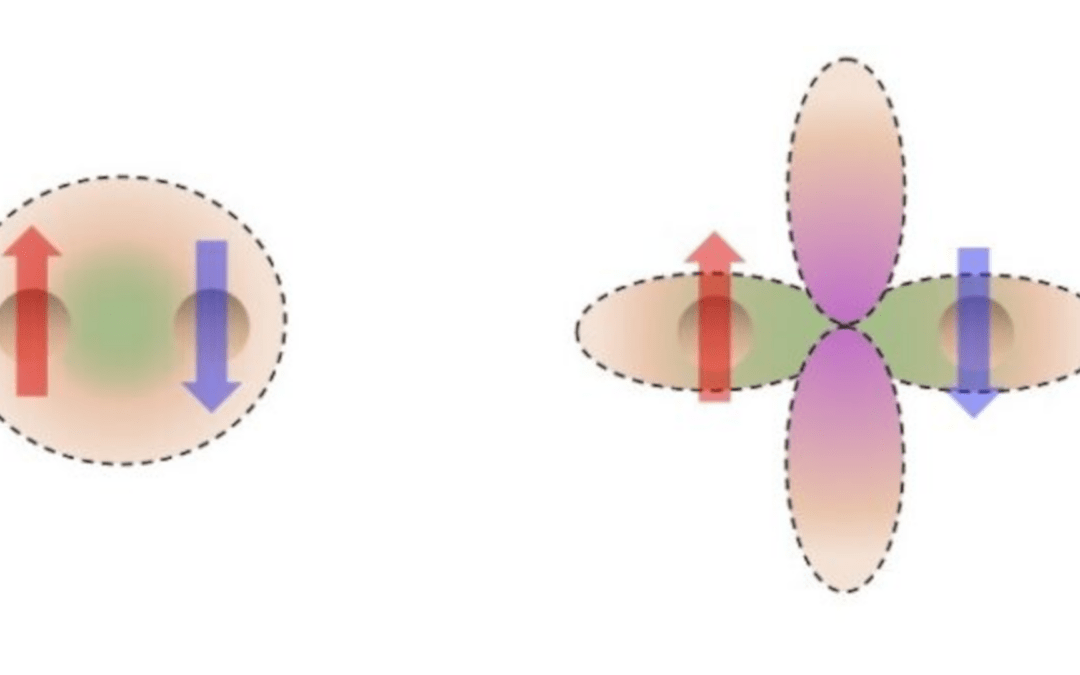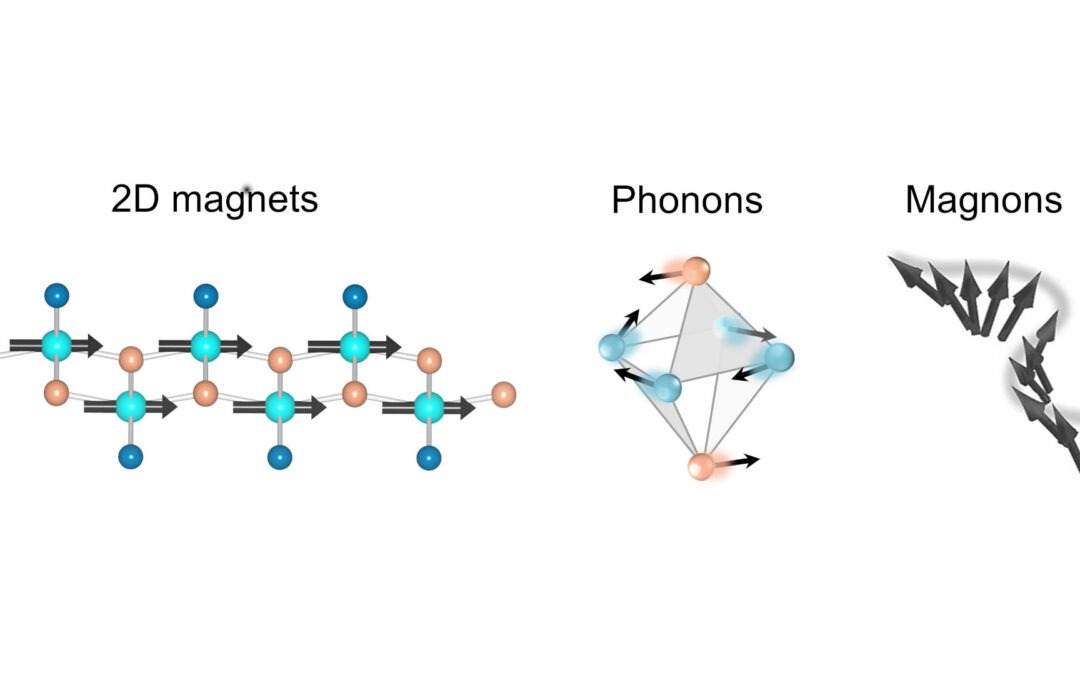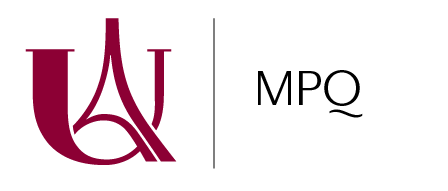
Left: Hong Ou Mandel interferogram and Fisher Information for a Schrödinger cat-like state used in quantum metrology protocols [4]. Right: Experimental setup of a flexible entanglement distribution network [3].
Laboratoire: MPQ (Matériaux et Phénomènes Quantiques), Université Paris Cité & CNRS
Adresse: Bâtiment Condorcet – 10 Rue A. Domon et L. Duquet – 75013 Paris
Directeur de stage/thèse: Sara Ducci
Tel: 0157276225
e-mail: sara.ducci@u-paris.fr
Scientific project:
– we will study the quantum properties of the state emitted by electrically injected devices and we will add novel on-chip functionalities for the state manipulation, like electro-optics-based phase shifters.
– in collaboration with the theoreticians of our group, we will exploit the assets of the states emitted by our devices (wide spectral band, frequency anti-correlations, cavity effects) for fundamental studies in quantum metrology [4] and quantum computing [5].
– in collaboration with the team Quantum Information (LIP6) we will work on the deployment of the national quantum communication testbed and we will test the performances of our devices in real-world metropolitan quantum networks.
This project will combine device design and fabrication, quantum optics measurements, and theory and applications to QI protocols. It will benefit from the collaboration with the Center of Nanosciences and Nanotechnologies and will take place in the framework of the national Quantum Communication Testbed Project and of the European Quantum Secure Networks Partnership.
[1] F. Baboux, G. Moody and S. Ducci, Optica Mini-Review 10, 917 (2023)
[2] F. Boitier et al. Phys. Rev. Lett. 112, 183901 (2014)
[3] F. Appas et al. npj Quantum Information 7, 118 (2021)
[4] O. Meskine, E. Descamps et al., https://arxiv.org/abs/2309.10633 (2023)
[5] N. Fabre et al., Phys. Rev. A 102, 023710 (2020)
Methods and techniques: numerical simulations, clean-room fabrication, classical and quantum optical measurements
Possibility to go on with a PhD: YES
Envisaged fellowship: QuantEdu Project, DIM SIRTEQ, Doctoral School
À lire aussi

TUPHO, pour la production à grande échelle de circuits photoniques intégrés
Le projet TUPHO est une initiative qui veut combler le fossé entre innovation en amont et production à grande échelle dans l’industrie des circuits photoniques intégrés (PICs). Il est porté par Hamidreza Neshasteh et Ivan Favero, membres de l’équipe Light and...

Manipulating unconventional superconducting states via anisotropic strain
Laboratoire: MPQ (Matériaux et Phénomènes Quantiques), Université Paris Cité & CNRSAdress: Bâtiment Condorcet – 10 Rue A. Domon et L. Duquet – 75013 ParisInternship/PhD supervisor: Yann GallaisTel: 0157276989e-mail: yann.gallais@u-paris.fr Scientific project:...

Towards light control of van der Waals magnets
Laboratoire: MPQ (Matériaux et Phénomènes Quantiques), Université Paris Cité & CNRS Adress: Bâtiment Condorcet – 10 Rue A. Domon et L. Duquet – 75013 Paris Internship/PhD supervisor: Niloufar Nilforoushan and Yann Gallais Tel: 0157276223 e-mail:...

Séminaires
2025-2026 MPQ general seminar series organized by Niloufar Nilforoushan and Valentin Cambier Prof. Sebastian Loth — Institute for Functional Matter and Quantum Technologies, University of Stuttgart, Germany Title: Coming soon Jan. 16, 2026 at 11:00 am — Salle Luc...
